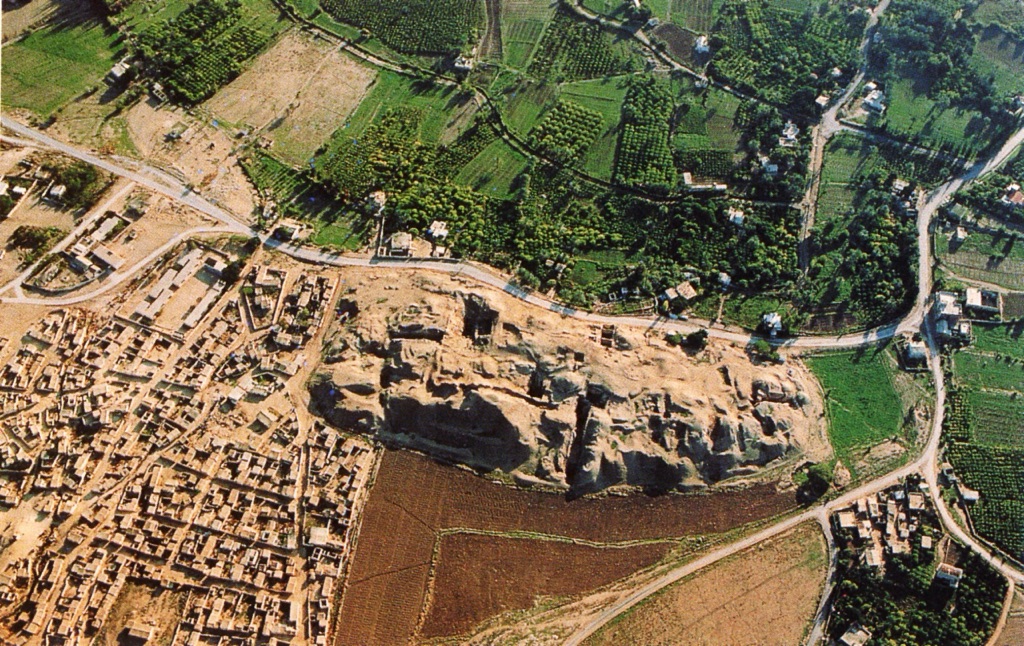The Archaeological Significance of Tell es-Sultan
Tell es-Sultan, also known as Tel Jericho or Ancient Jericho, stands as a testament to the enduring human spirit and the quest for civilization from the dawn of prehistory. Located in the State of Palestine, within the city of Jericho, this site is recognized by UNESCO as a World Heritage Site, embodying the remnants of what is considered the oldest fortified city in the world.
Get your dose of History via Email
Historical Overview
The significance of Tell es-Sultan in the annals of human history cannot be overstated. Inhabited from the 10th millennium BC, Jericho is among the oldest continually inhabited cities on the planet. The site’s proximity to the large spring of Ein es-Sultan, identified in modern times by Charles Warren in 1868, has played a pivotal role in its long history of human habitation.
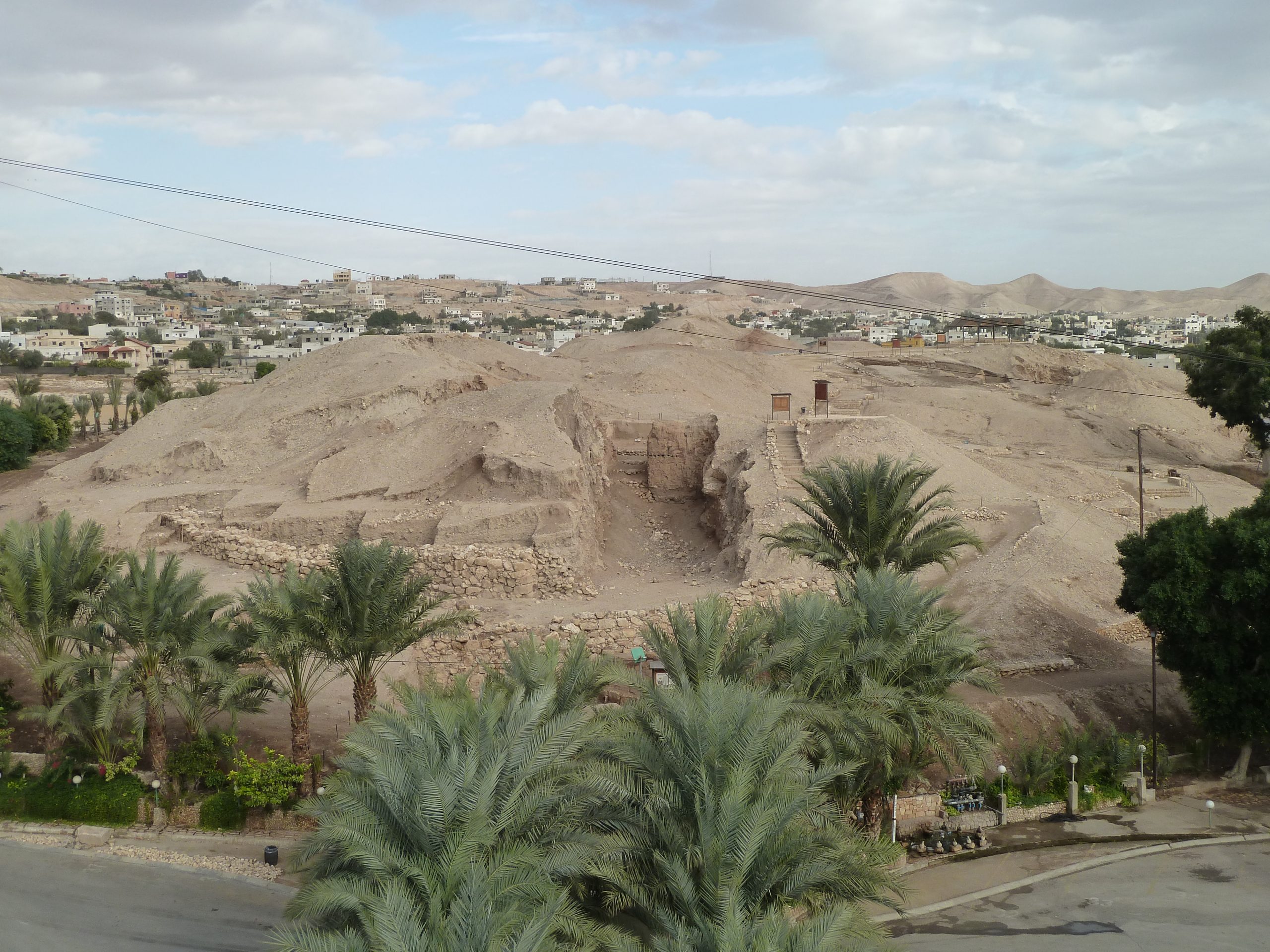
Epipalaeolithic Period
The end of the Younger Dryas around 9600 BC marked the beginning of the Holocene epoch and the Epipaleolithic period, during which Natufian groups began to settle in the area year-round, leading to the establishment of permanent settlements. The first such settlement at Tell es-Sultan developed between 10,000 and 9000 BC, predating the invention of agriculture. This period saw the construction of Natufian structures and the use of crescent-shaped microlith tools by hunter-gatherer groups.
Pre-Pottery Neolithic A (PPNA)
The PPNA phase (c. 8500–7500 BC) witnessed the emergence of one of the world’s first major proto-cities. This era was characterized by small circular dwellings, the burial of the dead under building floors, and the absence of pottery. The settlement, covering around 40,000 square meters, was surrounded by a massive stone defensive wall and a stone tower, indicating some form of social organization and division of labor.
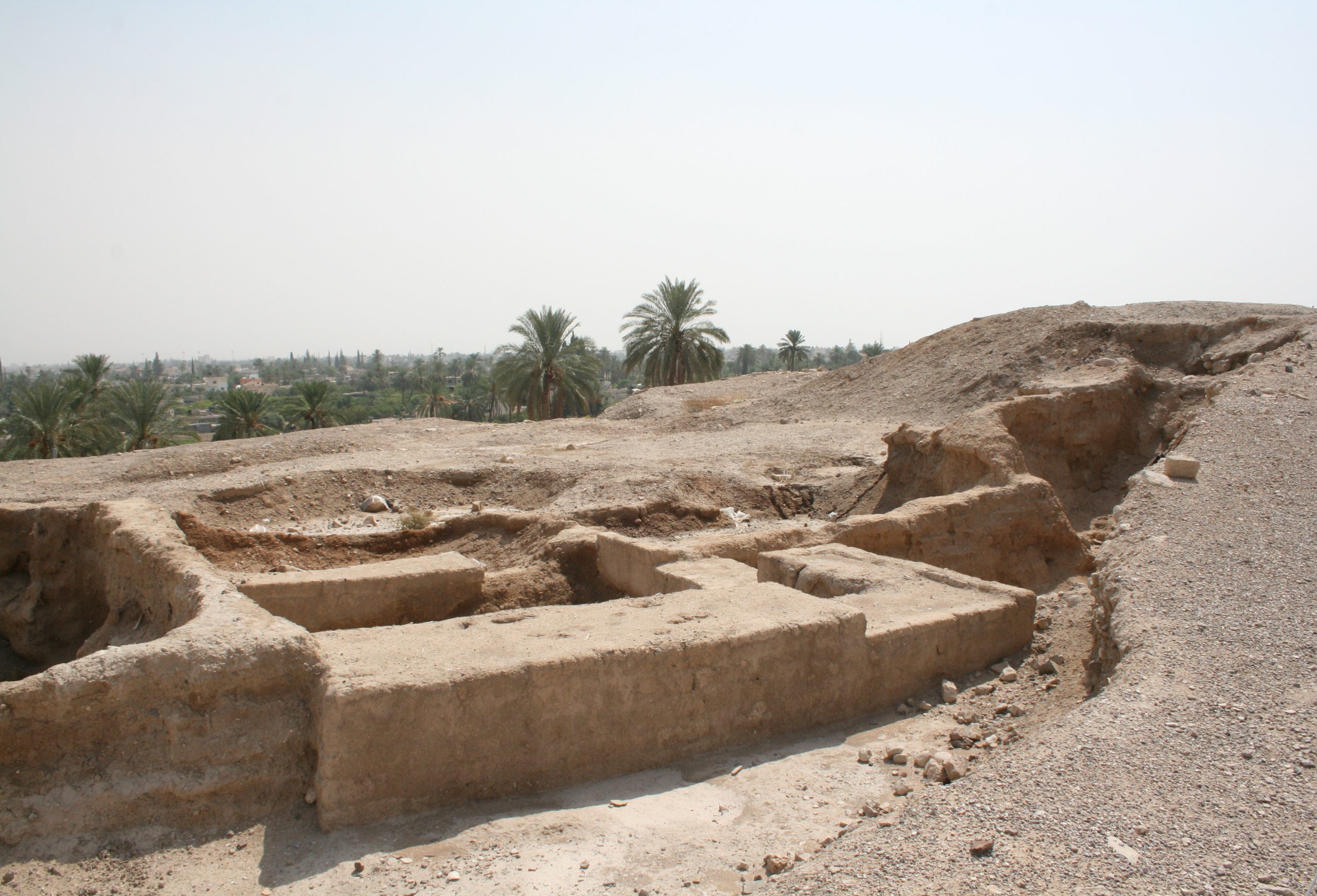
Pre-Pottery Neolithic B (PPNB)
Following a hiatus, the Pre-Pottery Neolithic B settlement was established in 6800 BC, possibly by an invading people. This period is notable for its rectilinear buildings, plastered human skulls, and advanced artifacts, suggesting a complex social structure and cultural practices.
Bronze Age
From 4500 BC onward, Tell es-Sultan saw a succession of settlements, reaching its zenith in the Early Bronze Age around 2600 BC. The city was continuously occupied into the early part of the Middle Bronze Age, reflecting the greater urbanization of the Canaan region. The extensive defensive walls and elaborate funeral offerings from this period indicate the emergence of local kings and a sophisticated urban society.
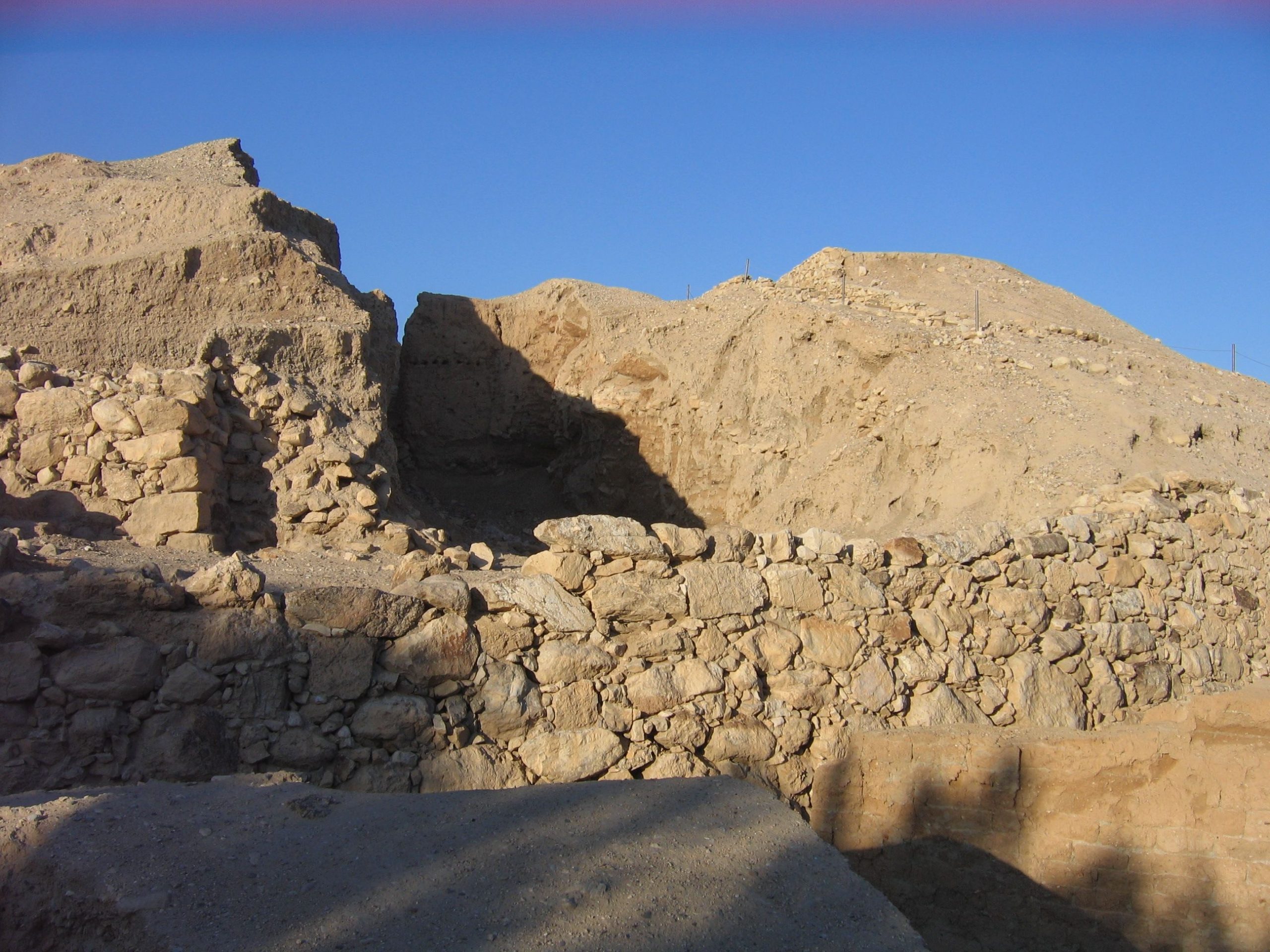
Iron Age and Subsequent Abandonment
The site remained unoccupied from the end of the 15th century until the 10th–9th centuries BC, when the city was rebuilt. However, by the 7th century BC, Jericho had become an extensive town, only to be destroyed in the Babylonian conquest of Judah in the early 6th century BC. The city was rebuilt during the Persian period but was abandoned shortly after.
Archaeological Excavations
The first excavations at Tell es-Sultan were conducted by Charles Warren in 1868. Subsequent excavations by Ernst Sellin and Carl Watzinger, John Garstang, and Kathleen Kenyon, among others, have provided invaluable insights into the site’s complex history and prehistoric significance. The most recent excavations, carried out by the Italian-Palestinian Expedition, have uncovered several monuments of the Bronze Age City, further enriching our understanding of this ancient site.
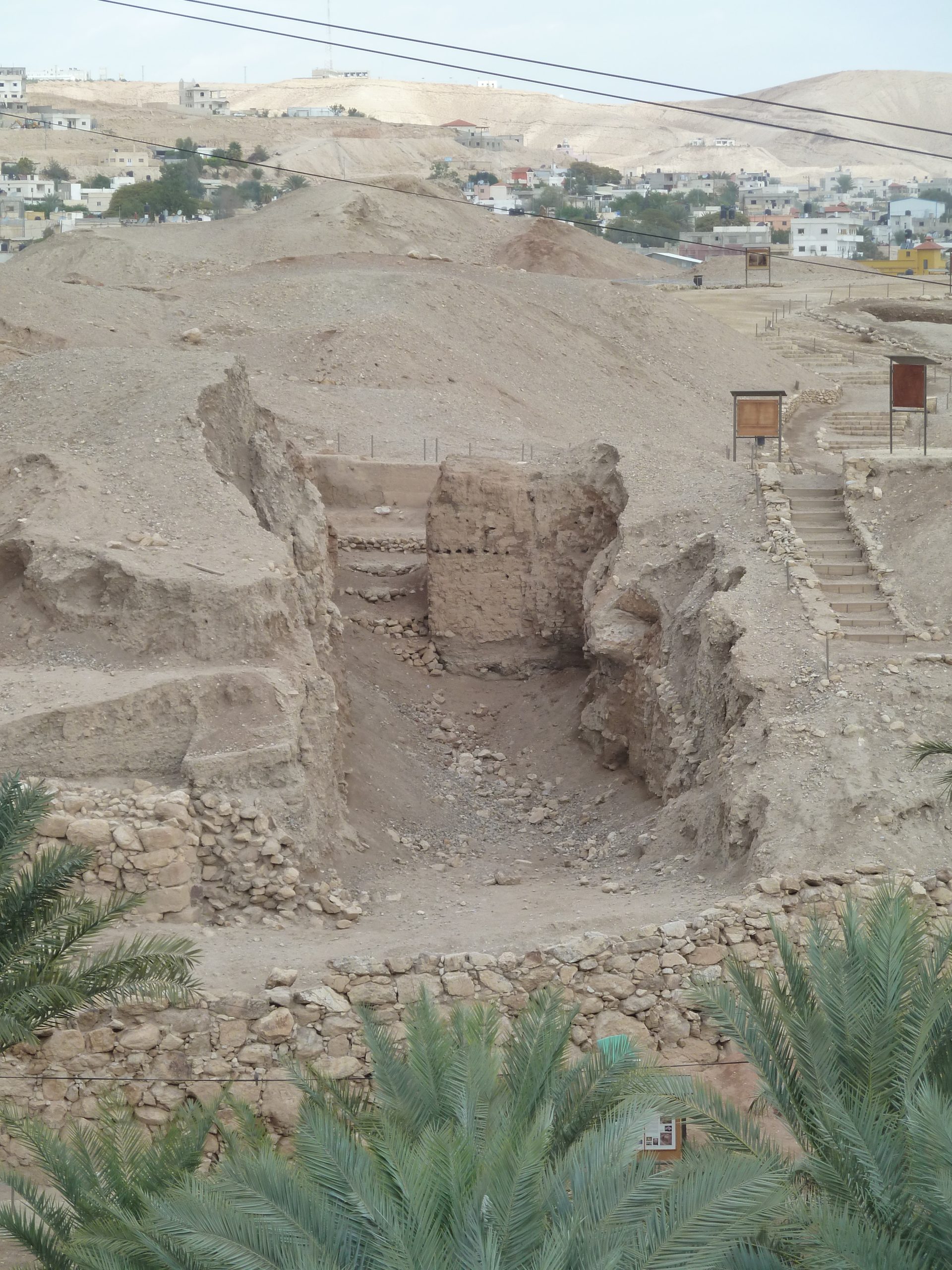
Conclusion
Tell es-Sultan stands as a monumental testament to human ingenuity, resilience, and the unending quest for community and civilization. The archaeological findings from this site not only shed light on the early development of urban societies but also provide a window into the lives of our ancestors, offering invaluable lessons for understanding the human condition.

